Let’s be real for a second. When I say equestrian sports and haute horlogerie, what’s the first thing that crosses your mind? If your answer was rich people, apart from YOU LITERALLY READING MY MIND, you’re not wrong at all; because it’s the exact public both of these worlds cater to.
However, aside from their elitist-leaning tendencies, the worlds of horses and watches share similar values like precision, tradition, ritual, and excellence. Which are the real reasons why their orbits so often converge.
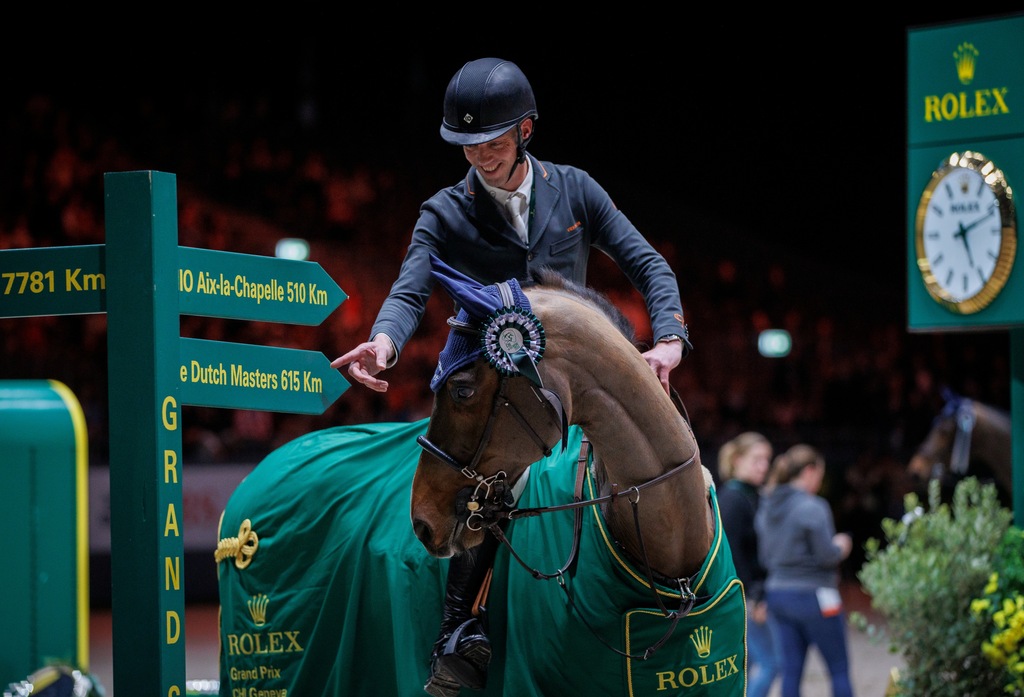
Before we get into the luxury branding and watch tie-ins, let me briefly walk you through the different disciplines, arenas, and landmark events of the equine sphere.
There are five main disciplines you’ll come across on the international circuit.
Show jumping is fast-paced and high-stakes, with riders navigating timed courses of fences and obstacles. It’s the most widely televised.
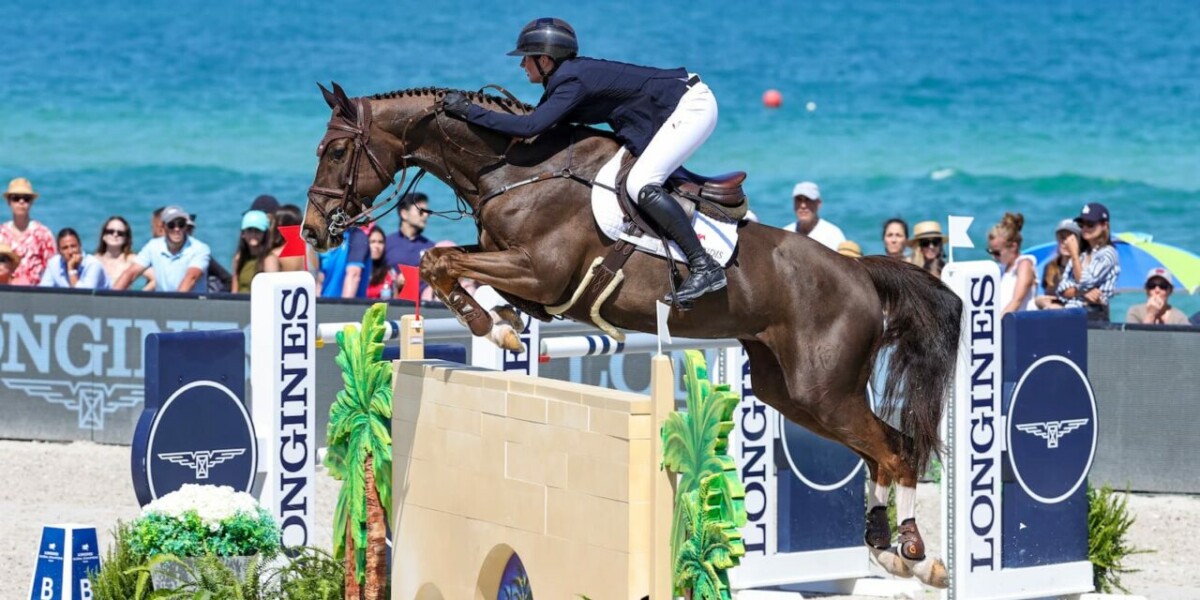
Dressage, often called “horse ballet”, is all about technical precision and grace, performed in a rectangular arena with choreographed movements.
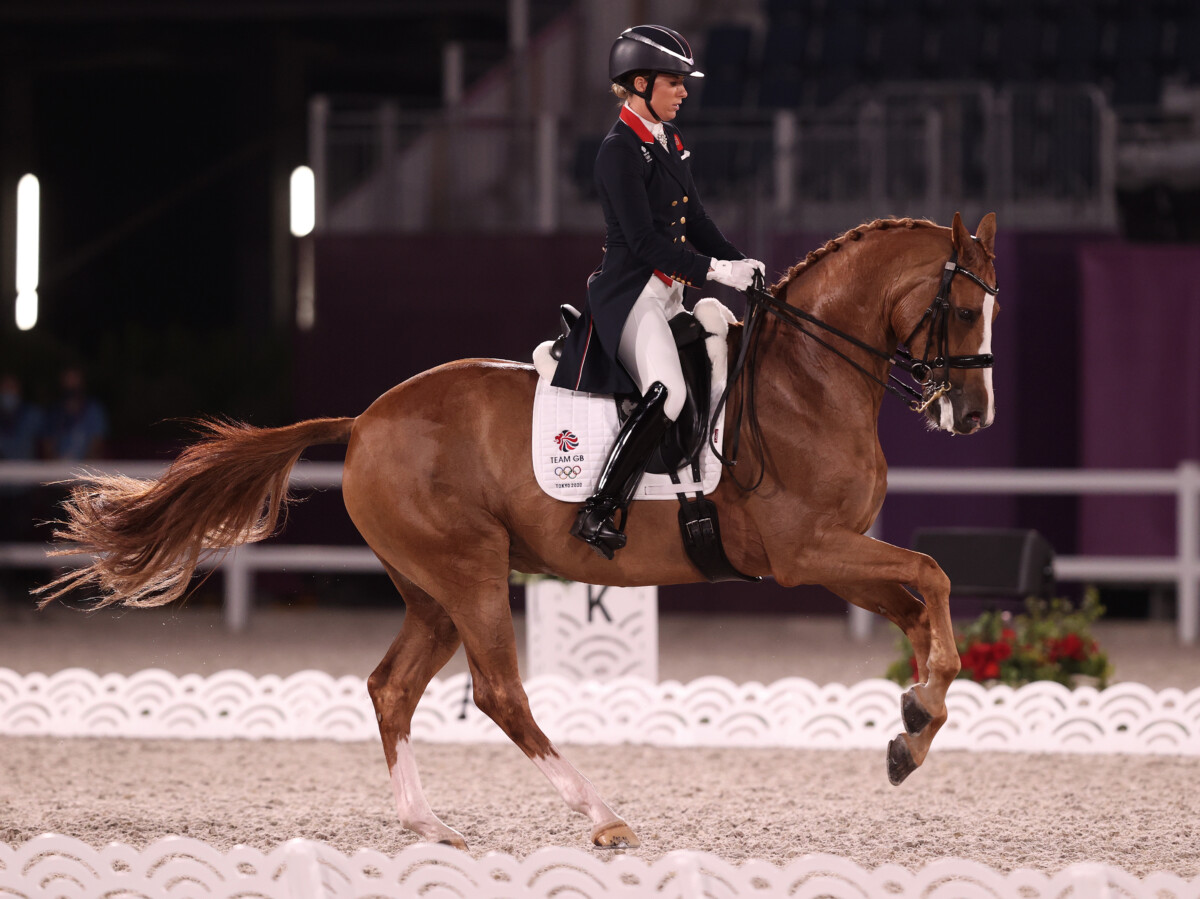
Eventing combines dressage, cross-country, and show jumping into one three-phase competition that tests both control and endurance.
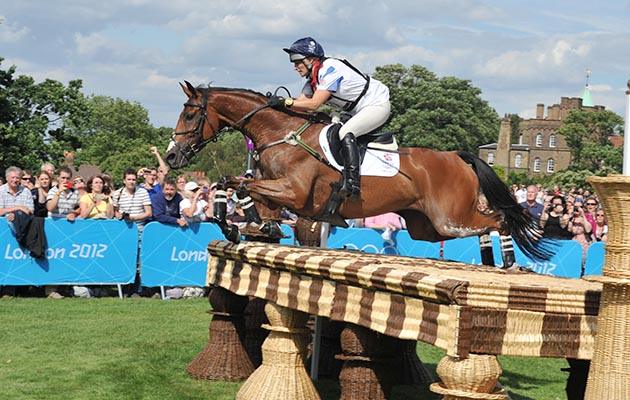
Polo brings speed and aggression into the mix, with two teams on horseback swinging mallets at a small ball across a massive grass field. It’s long associated with aristocratic circles.

And finally, horse racing is the most commercially visible, involving flat-out sprints on turf or dirt tracks, especially dominant in the UK, France, the US, and the Gulf.
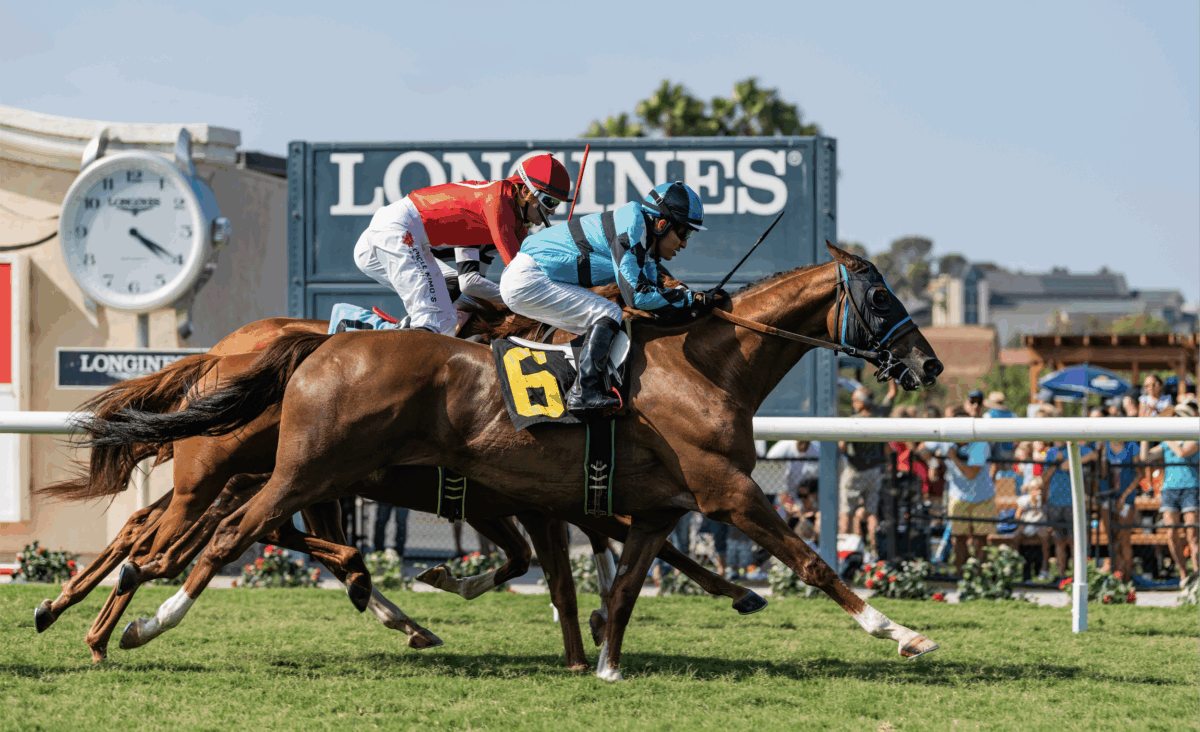
Now that we’ve mapped out the main disciplines, let’s talk hallmark events: the grand slams, royal enclosures, and champagne-fueled weekends that put equestrian sports on the global calendar (and on your Instagram feed if you’re on the posher side).
Think of these as the Met Gala, Cannes, and Fashion Week all rolled into one
Royal Ascot (UK)
Racing meets royalty meets runway. This is the British monarchy’s annual flex , where flat racing shares the spotlight with hat drama, social prestige, and unapologetically old-money aesthetics (think the Prince and Princess of Wales and the late Queen Elizabeth II as she had an acute interest in horses). Watches here? Present (often vintage) but it’s an “iykyk” situation.
Longines Global Champions Tour
An elite show jumping series hopping from Paris to Doha, Miami Beach to Monaco and Rabat too last year. It’s urban, it’s polished, and it’s dripping in luxury. Longines doesn’t just sponsor it—they co-curate the vibe. If there’s a “F1 of show jumping,” this is it.
Rolex Grand Slam of Show Jumping
Think tennis Grand Slam, but with horses clearing 1.60m fences at breakneck speed. This triple crown spans Aachen (Germany), Geneva( Switzerland), and Spruce Meadows (Canada). Rolex uses it to fuse sport, spectacle, and precision—exactly what their timepieces promise.
FEI World Equestrian Games
Held every four years, this is basically the Olympics for horses. Eight disciplines. One city (different each edition, or scattered across multiple locations). Hundreds of athletes. Thousands of grooms, vets, owners, and fans. From vaulting to dressage, it’s a celebration of equestrian mastery on an international stage
Prix de Diane Longines (France)
Held in the dreamy town of Chantilly, this isn’t just a horse race—it’s a high-society garden party where elegance takes the reins. Longines is the official title sponsor, giving the event its full name: Prix de Diane Longines. Beyond sponsoring the race, the brand curates the day’s identity around grace, femininity, and heritage. One of the highlights? The annual “Mademoiselle Diane par Longines” award, a fashion prize given to the most elegantly dressed woman, turning the grandstand into a catwalk of haute millinery and timeless silhouettes. It’s not just about the finish line—it’s about style, storytelling, and serious soft power.
Dubai World Cup (UAE)
One of the richest races on Earth (we’re talking $12 million+ purses), and a clear flex of Gulf wealth and ambition. Held at the jaw-dropping Meydan Racecourse, this is where haute horlogerie meets hawks, horsepower, and hospitality suites the size of small kingdoms.
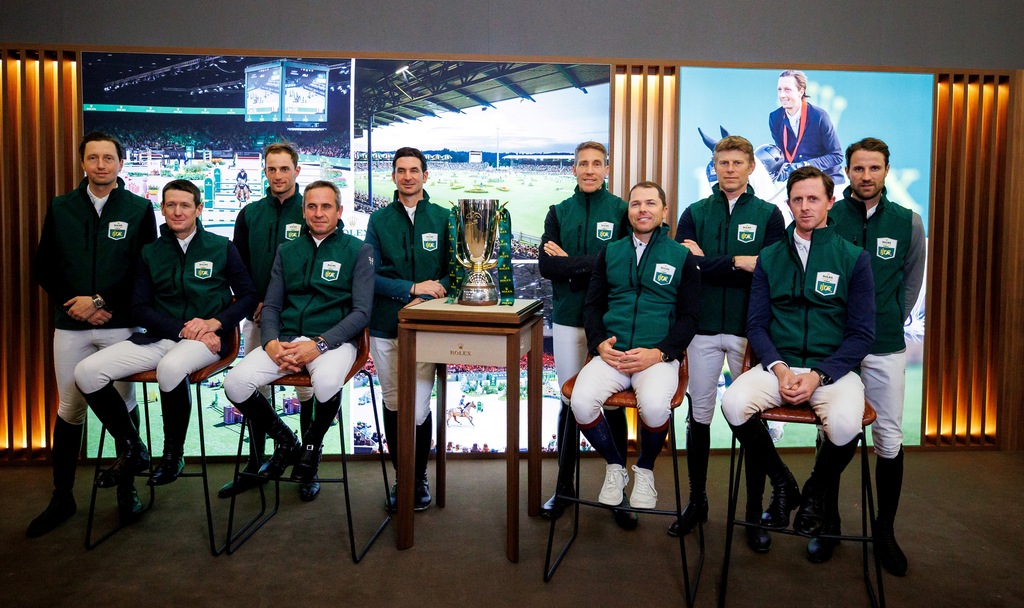
Now that we’ve set the tone, let’s zoom in on the role watches actually play in all this pageantry. You’ve probably clocked some familiar names already—Rolex, Longines—their presence not just visible but interwoven into the fabric of equestrian sport. And if you’ve been tuning into Walid’s podcast (obviously), reading polo should’ve triggered a reflex: the Reverso. Jaeger-LeCoultre’s Art Deco icon, originally engineered in the 1930s to withstand the brutal swings of polo matches in British India. So it tracks that the Reverso still carries real cultural weight in polo circles—even if JLC’s modern role in equestrian sport is more symbolic than strategic.
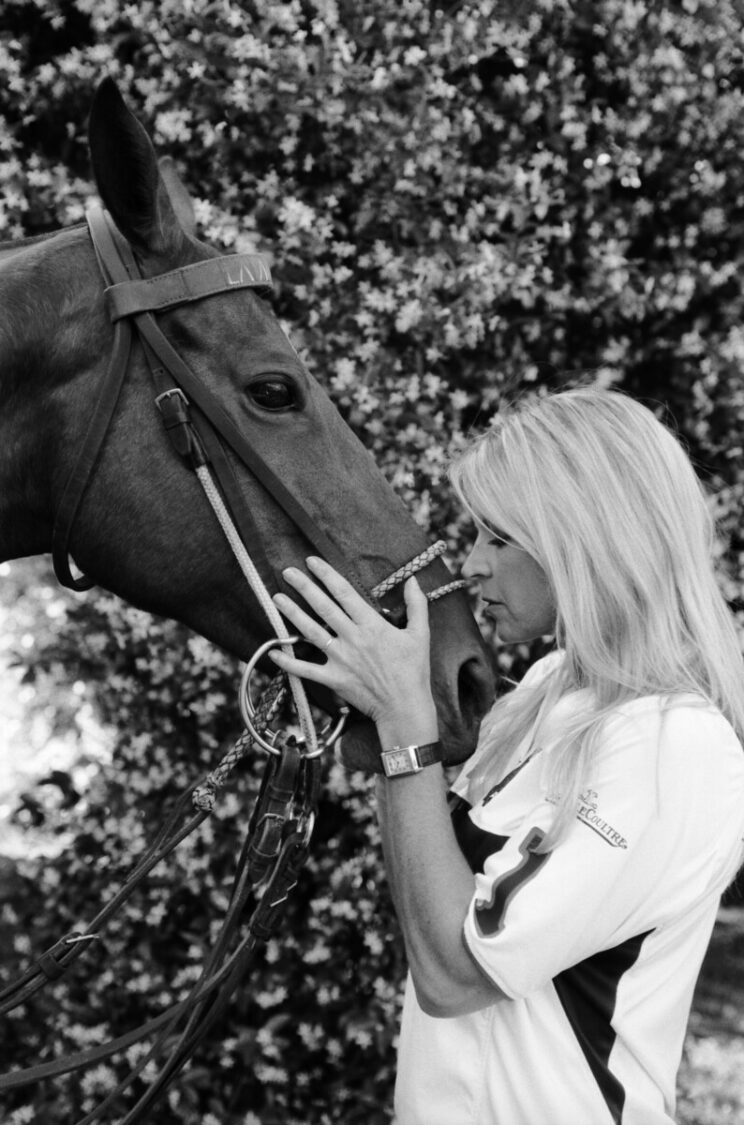
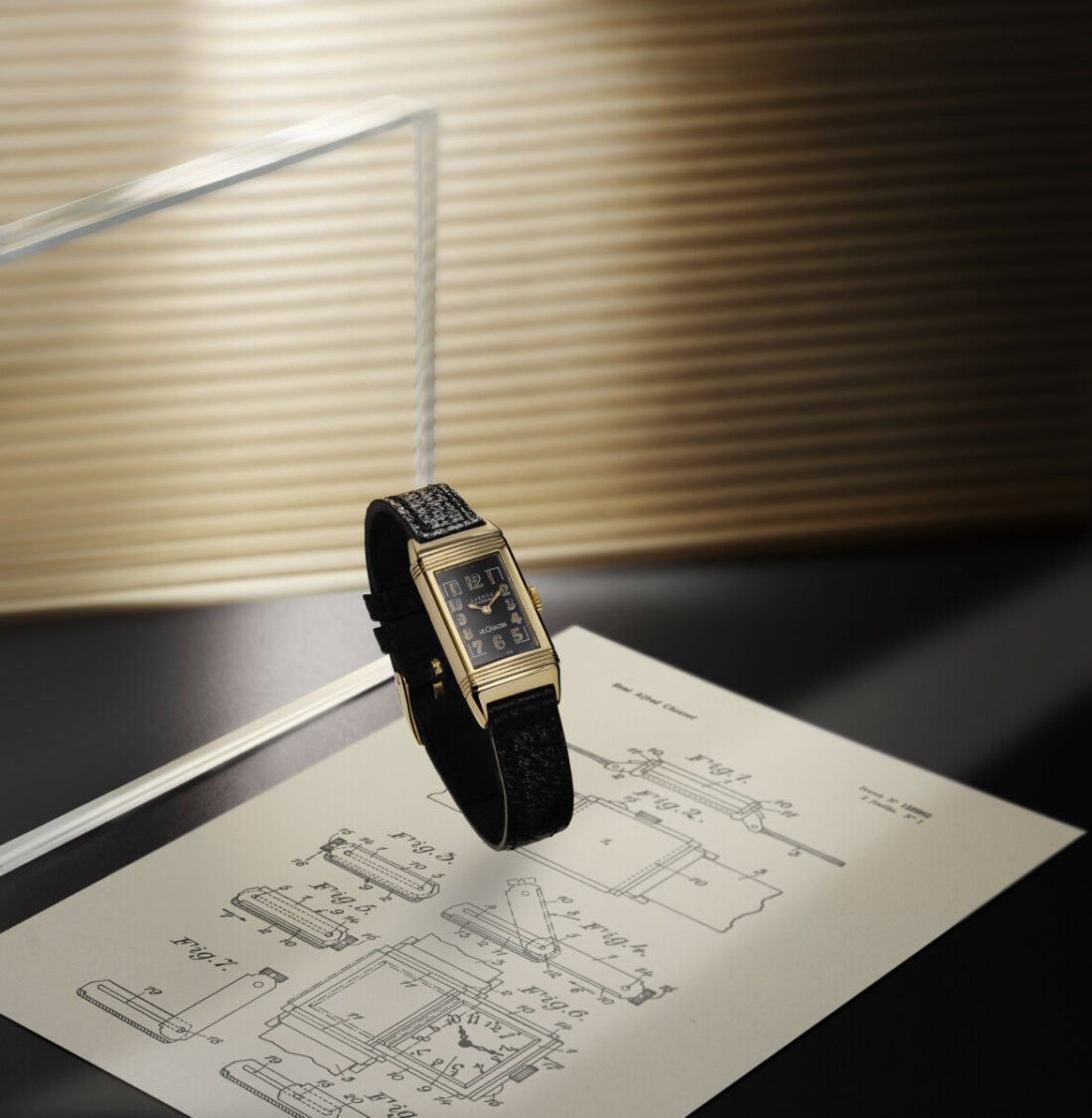
Let’s analyse further. Even in equestrian sport, Rolex remains king, with its name crowning the Rolex Grand Slam of Show Jumping—arguably the discipline’s most prestigious challenge. It’s a textbook case of legacy positioning, where the brand dominates by embedding itself in spaces where tradition holds weight. This strategy is built on alignment: anchoring Rolex to a world that values consistency, history, and quiet authority. In this context, visibility comes from proximity to prestige—and over time, that familiarity cultivates trust and deep-rooted appreciation.
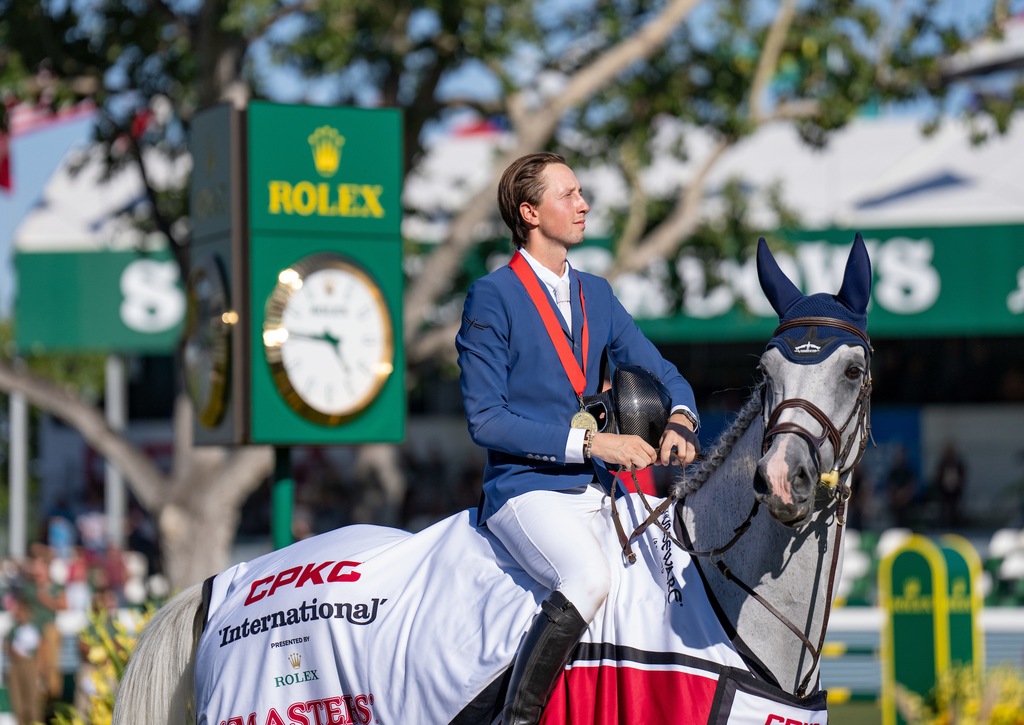
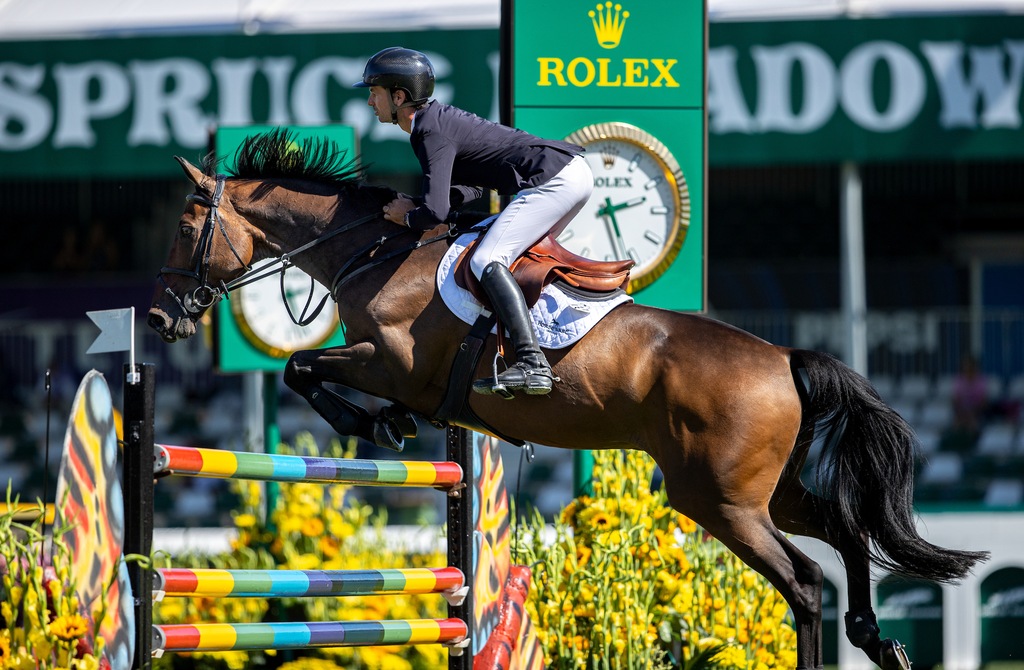
Longines takes a similarly deliberate approach—just at its own frequency. Its long-standing investment in the Global Champions Tour and the Prix de Diane; as long as its partnership with the International Federation for Equestrian Sports (FEI) as its official timekeeper and watch brand has cemented its role as a fixture across both equestrian and elite cultural circuits. But beyond strategy, there’s something intrinsic at play: Longines, in its essence, aligns more naturally with the world of equestrian sports. Its design language—graceful, elegant, often understated—mirrors the aesthetics of the sport itself.

If Rolex is a muscular mustang, all power and presence, then Longines is a refined Akhal-Teke—sleek, precise, and built for poise. That’s why its presence here doesn’t feel opportunistic; it feels organic, almost inevitable. Longines may not dominate every conversation like Rolex, but it speaks fluently in the rooms that matter—and that’s exactly how you play and win the long game, or in this case, the market-Royal Ascot.

Now that we’ve broken down the major players, let’s name names. In this market, the holy trinity remains Rolex, Longines, and Jaeger-LeCoultre—each with its own rhythm and relationship to equestrian sport.
The dynamics play out as such: Rolex and Longines move with legacy. While Jaeger-LeCoultre stays mostly symbolic, with the Reverso forever linked to polo.
Beyond the established trinity, other brands orbit this space in their own way. Cartier and Hublot, though stylistically opposite, are playing the same game—using polo sponsorships like the Queen’s Cup and the Polo Gold Cup Gstaad to position themselves in the luxury spotlight, not through deep sporting ties, but as calculated exercises in brand visibility and cultural alignment.
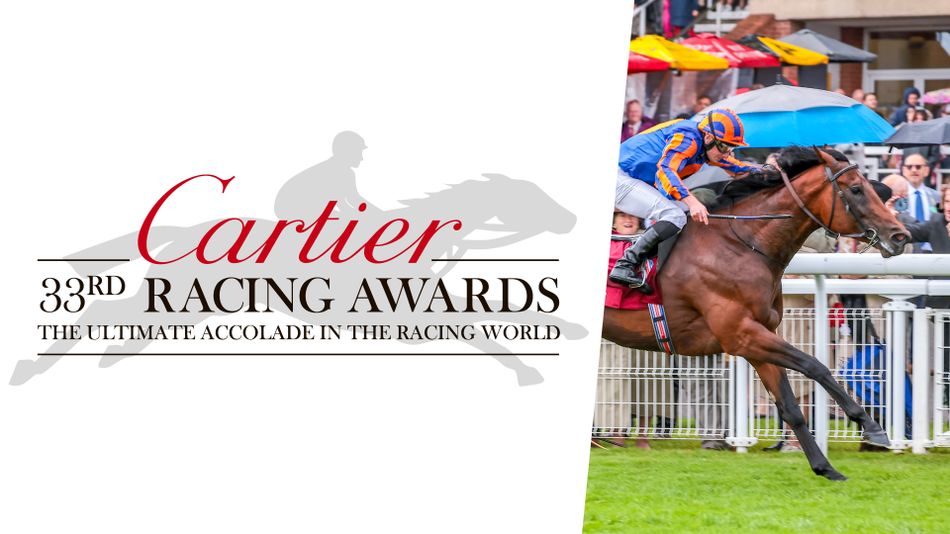
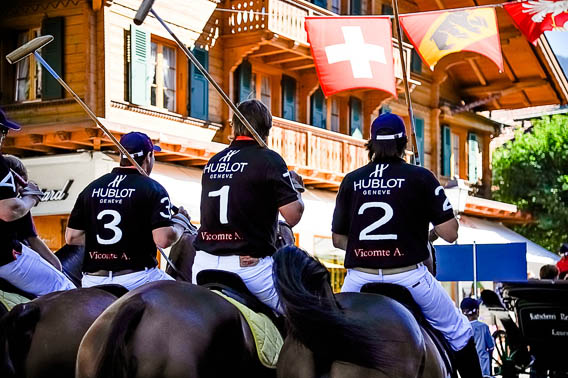
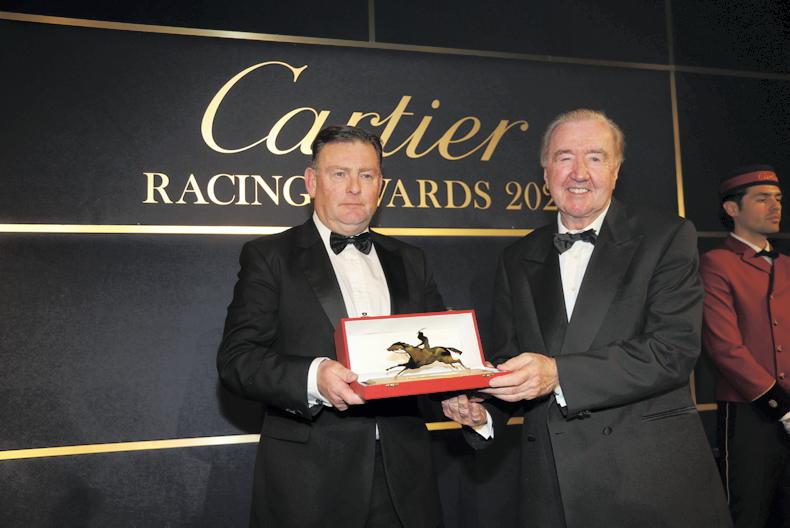
Then there’s Hermès—less a sponsor, more a native. With equestrian roots dating back to 1837, it doesn’t just host the Saut Hermès in Paris; it embeds those values into timepieces like the Arceau, designed in 1978 and inspired by stirrup shapes. As for them, equestrian style isn’t brand play—it’s DNA.

These aren’t Big 3 contenders—they’re adjacent forces. Unlike Rolex, Longines, or Jaeger-LeCoultre, which build long-term legitimacy through deep integration with the sport’s governing bodies, timekeeping infrastructure, or heritage design, brands like Cartier, Hublot, and Hermès approach equestrian sport as a vitrine—a curated stage for image-building, selective visibility, and cultural storytelling.
It’s hard not to see how equestrian sport doubles as both stage and strategy—where some brands are embedded in legacy positioning and literally “timing the sport,” while others treat it as narrative real estate. Both approaches are sharp. And honestly, as someone studying sports marketing, it hits different to recognize these moves in real time and decode the strategy behind them.
Turns out, the real link between horology and equestrian sports is how both sell—indirectly, aspirationally, and through the room itself. The watches aren’t on athletes; they’re on spectators. It’s not about sponsorship logos—it’s about signaling who belongs, who watches, and who wears what. A peer-coded ad dressed as tradition.
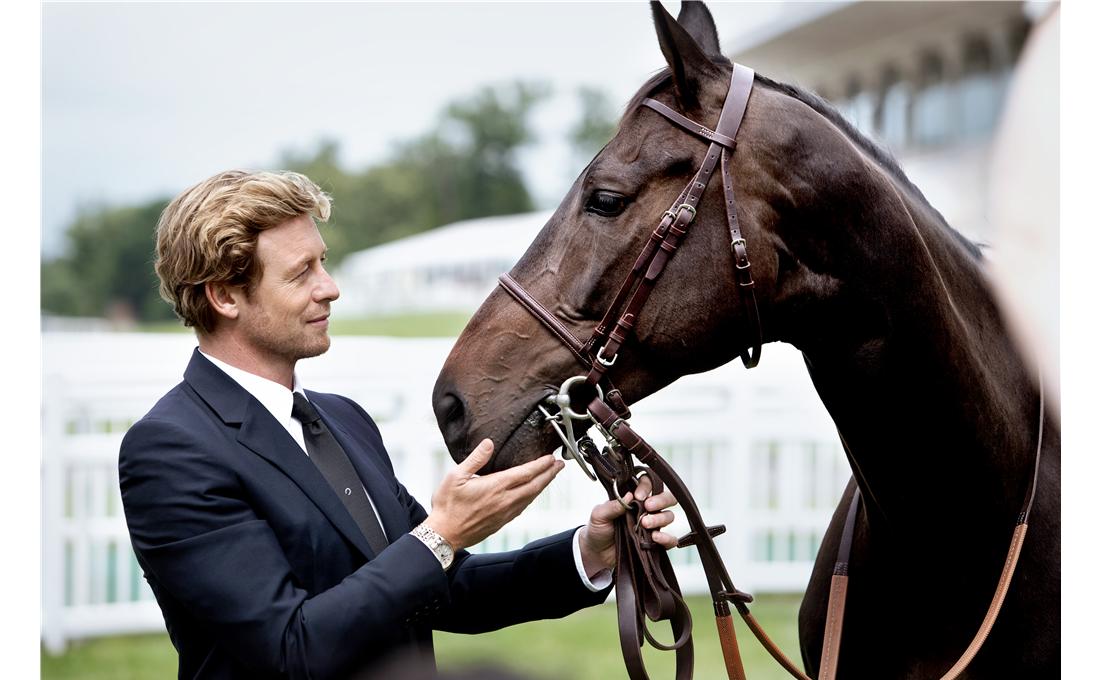
*We do not own the rights to any of these photos. please note that all images and copyrights belong to their original owners. no copyright infringement intended.*
SUBSCRIBE NOW AND NEVER MISS A THING !

